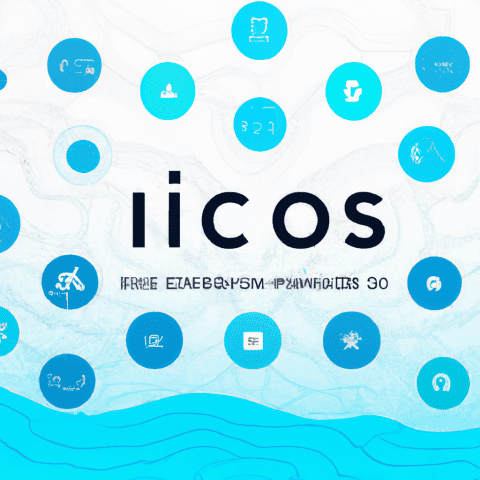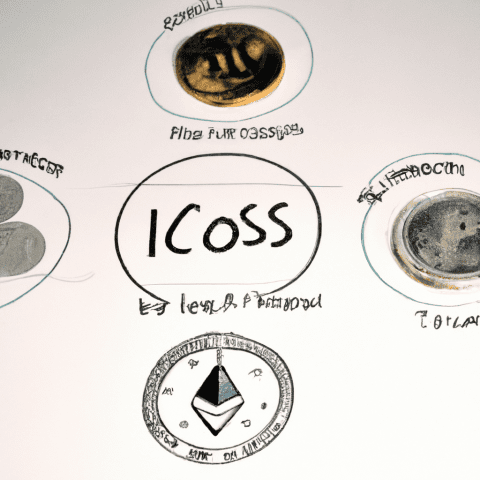In the fast-paced world of cryptocurrency, Initial Coin Offerings (ICOs) and Initial Exchange Offerings (IEOs) have become popular methods for companies to raise funds. While both involve the sale of tokens, there are key differences between the two methods. In this article, we will explore the distinctions between ICOs and IEOs, highlight some of the top ICOs and IEOs to watch in 2021, provide the latest news and updates on ICOs and IEOs, and offer tips for navigating the world of token offerings. Whether you're a seasoned investor or just starting out, staying informed on upcoming ICOs and IEOs is crucial in this ever-evolving market. Let's dive in and discover the exciting opportunities that ICOs and IEOs have to offer.
1. "Exploring the Differences Between ICOs and IEOs"
When it comes to fundraising in the cryptocurrency world, ICOs and IEOs have become popular methods for companies to raise capital. However, there are significant differences between the two that potential investors should be aware of.
ICOs, or Initial Coin Offerings, have been around longer and involve a company creating a new cryptocurrency and selling it to investors in exchange for funding. This process is typically done directly by the company, without the involvement of a third party. ICOs gained popularity due to their ease of access and the potential for high returns, but they also faced criticism for their lack of regulation and the prevalence of scams.
On the other hand, IEOs, or Initial Exchange Offerings, involve a cryptocurrency exchange acting as a middleman between the company and investors. The exchange conducts due diligence on the project before listing it on their platform, which can provide a level of trust and security for investors. Additionally, IEOs often have a larger pool of potential investors due to the exchange's user base.
One of the main differences between ICOs and IEOs is the level of trust and security they offer. While ICOs can be risky due to the lack of regulation and potential for scams, IEOs conducted on reputable exchanges can provide a higher level of security for investors. Additionally, IEOs may have stricter listing requirements, which can help filter out lower quality projects.
In conclusion, both ICOs and IEOs have their advantages and disadvantages. Investors should carefully research and consider the differences between the two methods before deciding where to invest their funds. As the cryptocurrency market continues to evolve, staying informed on the latest ICO and IEO news can help investors make informed decisions on the top upcoming ICOs and IEOs.














